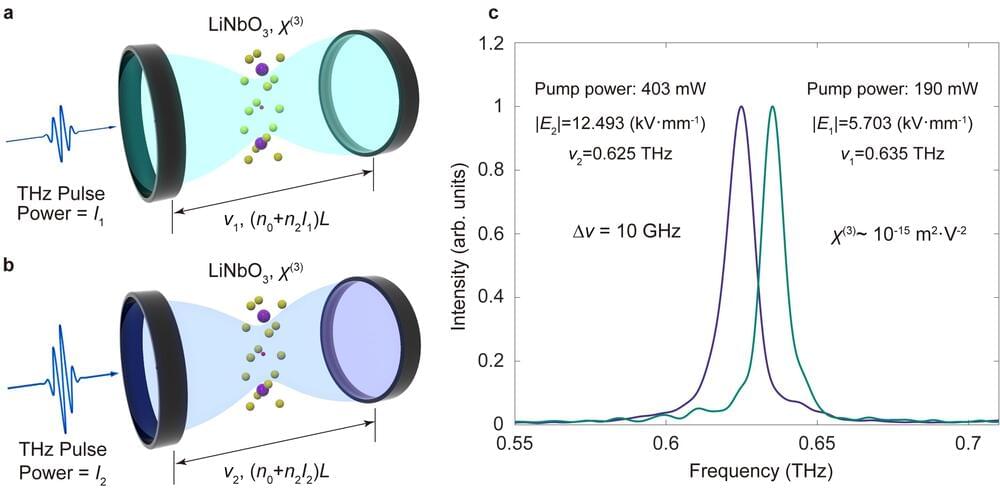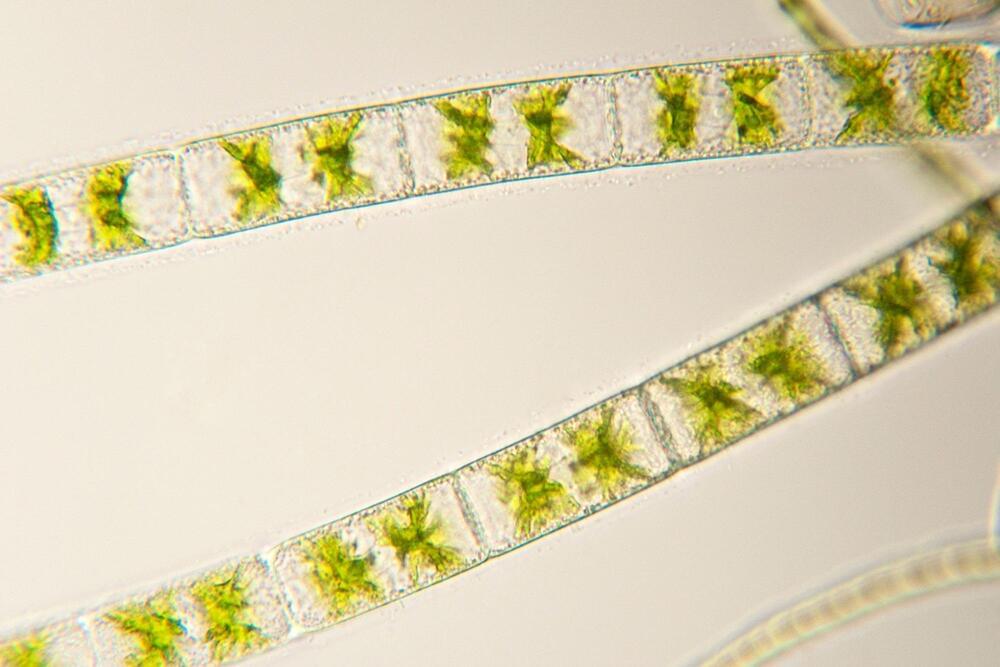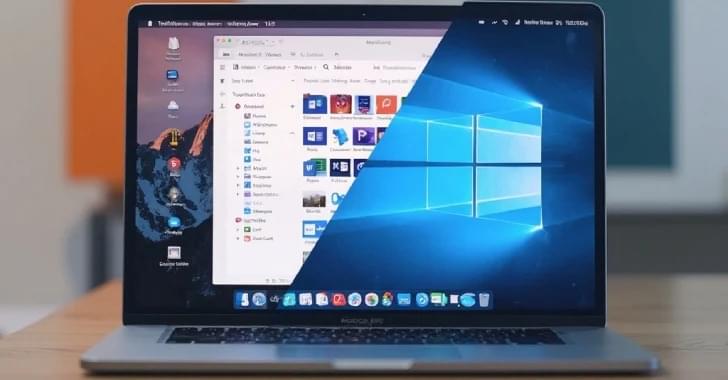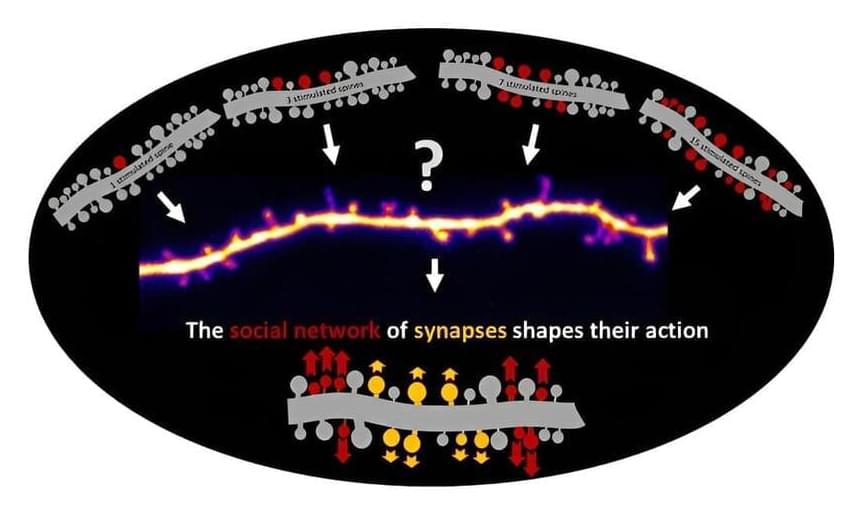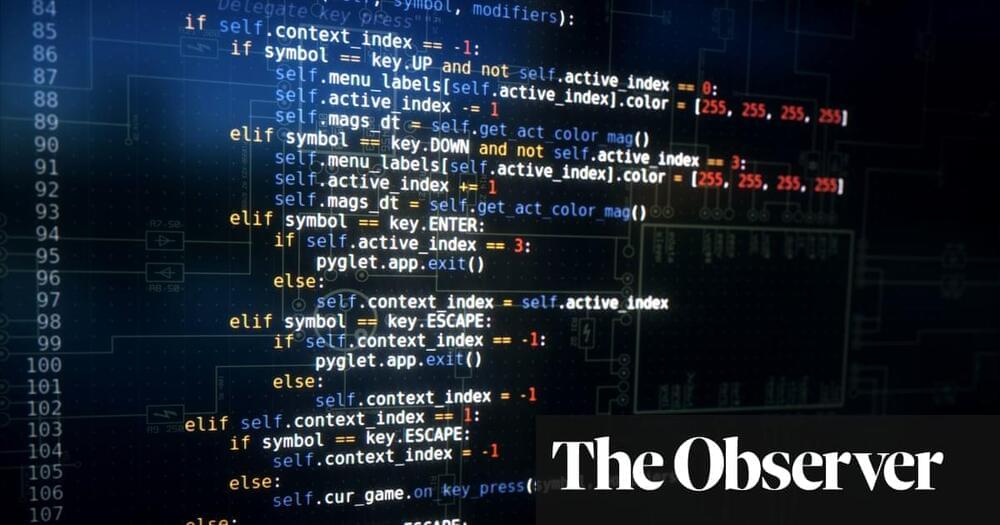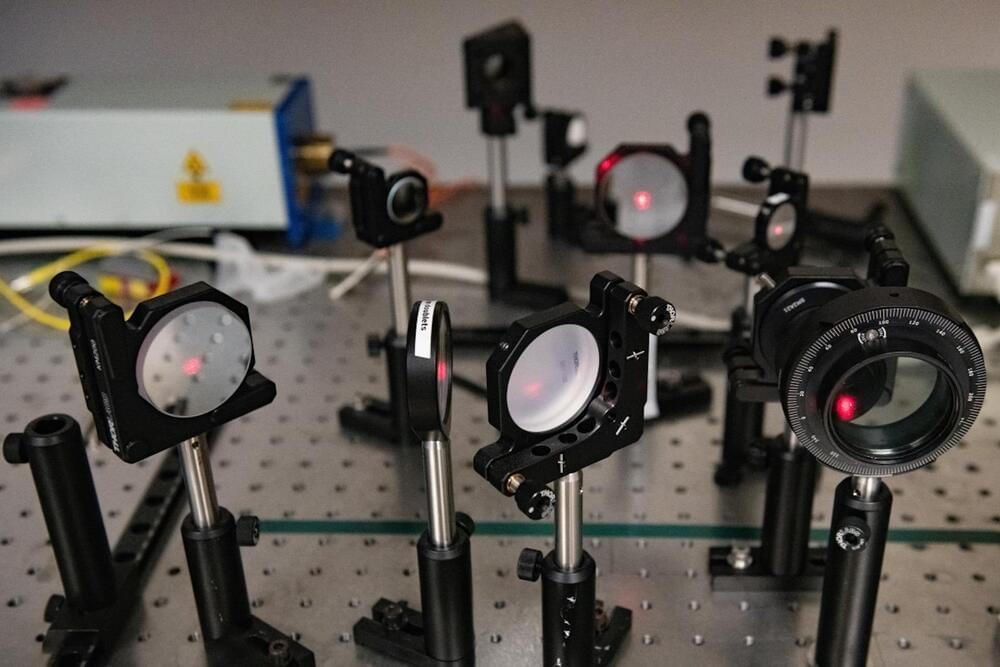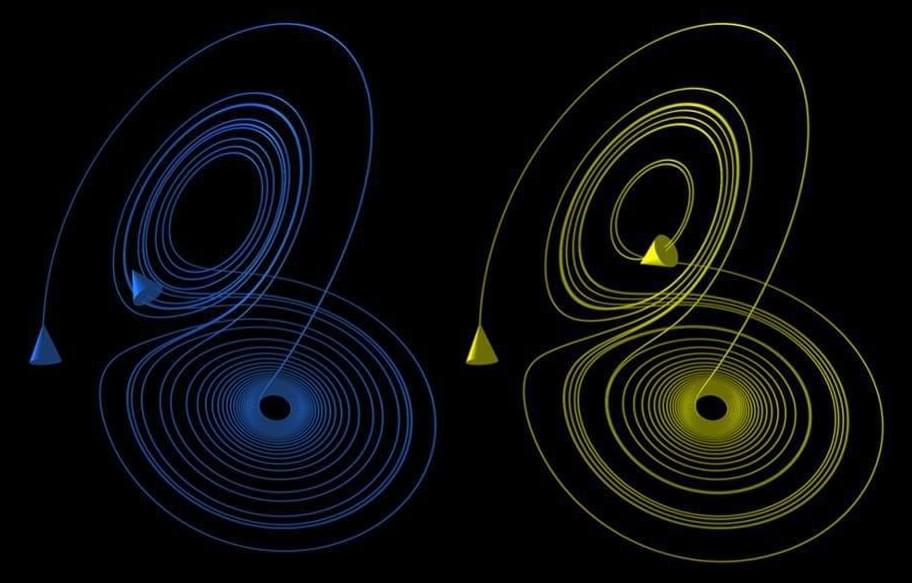Sep 3, 2024
Scientists demonstrate giant THz Kerr effect via stimulated phonon polaritons
Posted by Saúl Morales Rodriguéz in categories: biotech/medical, computing
Terahertz (THz) waves and THz technologies have gradually opened a new style for communications, cloud-based storage/computing, information contest, and medical tools. With the advancement of THz technologies, studies on THz nonlinear optics have emerged, achieving considerable breakthroughs in both physics and technology.
